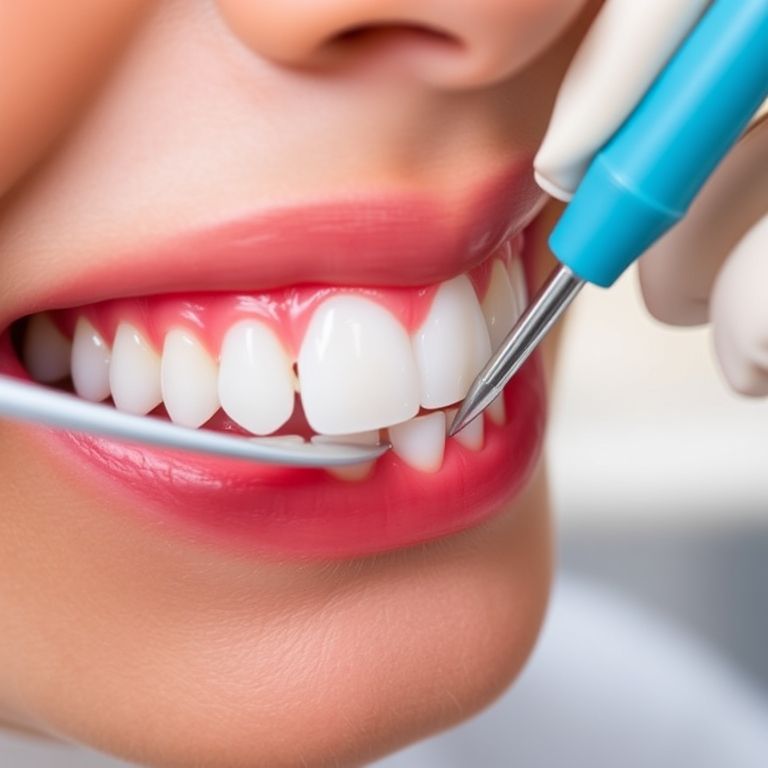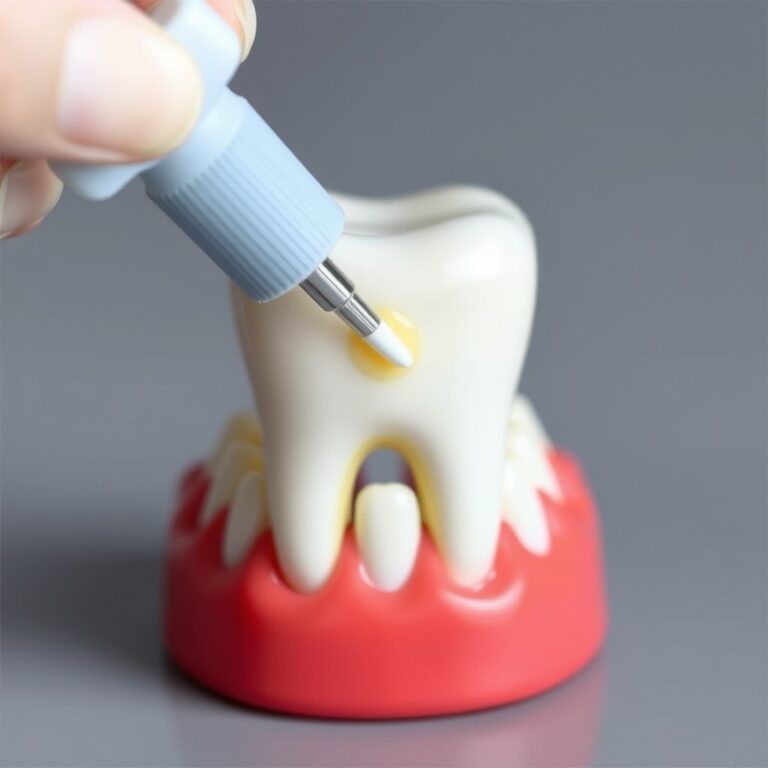The silver filling in teeth cost: A Comprehensive Guide
Silver fillings, also known as dental amalgam fillings, have been a cornerstone of restorative dentistry for over a century. These fillings are a popular choice for repairing cavities due to their durability, cost-effectiveness, and long history of use. However, the cost of silver fillings can vary widely depending on various factors, including geographic location, the complexity of the dental procedure, and the dentist’s expertise. This article delves deep into the intricacies of silver filling costs, providing a detailed analysis . We will explore everything from the history and composition of silver fillings to modern alternatives, regional cost differences, and much more.

1. History and Evolution of Silver Fillings
Silver fillings have a long and storied history in dentistry. Dating back to the early 19th century, dental amalgam was first introduced as a durable and cost-effective solution for filling cavities. Over time, the formulation of amalgam has evolved, with modern versions containing a mixture of metals, including silver, tin, copper, and mercury. The use of mercury in amalgam has sparked debates over its safety, leading to the development of alternative materials. However, silver fillings remain widely used due to their strength and longevity.
2. Composition and Characteristics of Dental Amalgam
Dental amalgam is a unique material that consists of a combination of metals. Typically, it is composed of about 50% mercury, with the remaining 50% made up of silver, tin, and copper. This blend creates a strong, durable material that can withstand the forces of chewing and grinding. The mercury in the amalgam reacts with the other metals to form a stable compound, making it safe for use in dental procedures when handled properly.
3. Advantages and Disadvantages of Silver Fillings
Advantages:
- Durability: Silver fillings are known for their long-lasting nature, often lasting 10-15 years or more.
- Strength: They can withstand significant pressure from chewing, making them ideal for molars.
- Cost-Effectiveness: Silver fillings are generally more affordable than composite or ceramic options.
- Ease of Application: The procedure for applying silver fillings is relatively straightforward and quick.
Disadvantages:
- Aesthetics: Silver fillings are not tooth-colored, making them less desirable for visible areas of the mouth.
- Mercury Content: Concerns about the mercury content have led some patients to opt for alternative materials.
- Potential for Cracks: Over time, silver fillings can expand and contract with temperature changes, potentially leading to cracks in the tooth.
4. Factors Influencing the Cost of Silver Fillings
The cost of silver fillings can vary based on several factors, including:
- Geographic Location: Dental costs differ significantly across countries and even within regions of the same country.
- Dentist Expertise: A dentist’s level of experience and reputation can impact the cost of the procedure.
- Complexity of the Procedure: More complex fillings, such as those involving multiple surfaces of the tooth, can be more expensive.
- Insurance Coverage: Whether or not you have dental insurance and the extent of the coverage can greatly influence out-of-pocket costs.
5. Cost Comparison: Silver Fillings vs. Other Types of Fillings
When choosing a filling material, cost is a significant factor for many patients. Here’s a comparison of silver fillings with other common types:
| Filling Type | Average Cost (Per Tooth) | Durability (Years) | Aesthetics | Insurance Coverage |
|---|---|---|---|---|
| Silver Fillings | $50 – $150 | 10-15 | Low | Generally Covered |
| Composite Fillings | $90 – $250 | 5-7 | High | Generally Covered |
| Gold Fillings | $250 – $4,500 | 15-30 | Moderate | Partial Coverage |
| Ceramic Fillings | $250 – $4,500 | 15+ | High | Partial Coverage |
6. Average Cost of Silver Fillings in Different Countries
The cost of dental procedures varies widely across the globe. Here’s an overview of the average cost of silver fillings in various countries:
- United States: $100 – $250 per tooth
- United Kingdom: £50 – £150 per tooth
- Canada: CAD 100 – CAD 250 per tooth
- Australia: AUD 100 – AUD 200 per tooth
- India: INR 500 – INR 2,000 per tooth
- Other Countries: Costs can vary widely depending on local economic factors and healthcare infrastructure.
7. Understanding Dental Insurance and Coverage for Silver Fillings
Most dental insurance plans cover a portion of the cost of silver fillings, particularly for back teeth. However, coverage can vary based on the plan and the provider. It is important to review your dental insurance policy to understand what is covered and what your out-of-pocket expenses might be.
8. The Procedure: What to Expect When Getting a Silver Filling
The process of getting a silver filling is relatively straightforward. It typically involves the following steps:
- Pre-Procedure Preparations: The dentist will examine the tooth and may take X-rays to assess the extent of decay.
- The Filling Process: The dentist will numb the area around the tooth, remove the decayed portion, and then fill the cavity with dental amalgam.
- Post-Procedure Care: After the filling is placed, you may experience some sensitivity, but this usually subsides within a few days.
9. Alternatives to Silver Fillings: Pros and Cons
There are several alternatives to silver fillings, each with its own set of advantages and disadvantages:
- Composite Fillings: Tooth-colored and aesthetically pleasing but less durable than silver fillings.
- Gold Fillings: Extremely durable and long-lasting but very expensive.
- Ceramic Fillings: Also tooth-colored and durable but can be costly.
- Glass Ionomer Fillings: Releases fluoride but is less durable than other options.
10. Potential Risks and Concerns Associated with Silver Fillings
While silver fillings are generally considered safe, there are some potential risks to be aware of:
- Mercury Exposure: The amount of mercury in dental amalgam is minimal and generally considered safe, but some patients prefer to avoid it.
- Allergic Reactions: Rare, but some people may have an allergic reaction to one of the metals in the amalgam.
- Tooth Fracture: The expansion and contraction of silver fillings can sometimes lead to cracks in the tooth.
11. Long-Term Maintenance and Durability of Silver Fillings
Silver fillings are known for their durability, often lasting many years with proper care. Regular dental check-ups and good oral hygiene practices are essential to maintaining the longevity of your fillings.
12. Environmental and Health Considerations
The use of mercury in silver fillings has raised environmental concerns. Many dental practices have protocols in place to handle amalgam waste safely, minimizing its impact on the environment.
13. Trends and Innovations in Dental Fillings
Advancements in dental materials and technology continue to evolve, with new alternatives to silver fillings being developed. For example, biocompatible materials that mimic natural tooth structure are becoming increasingly popular.
14. How to Choose the Right Filling Material
Choosing the right filling material depends on several factors, including the location of the cavity, the cost, and personal preferences. Consult with your dentist to make an informed decision.
15. Patient Testimonials and Experiences
Hearing from others who have had silver fillings can provide valuable insights. Many patients appreciate the durability and cost-effectiveness of silver fillings, though some opt for alternatives for aesthetic reasons.
16. Frequently Asked Questions (FAQs)
Q1: Are silver fillings safe?
A1: Yes, silver fillings are considered safe. The amount of mercury used in amalgam is minimal and stable when combined with other metals.
Q2: How long do silver fillings last?
A2: Silver fillings can last 10-15 years or more with proper care.
Q3: Can silver fillings be replaced with composite fillings?
A3: Yes, silver fillings can be replaced with composite fillings for aesthetic reasons, though this may not always be necessary.
Q4: Are there any risks associated with silver fillings?
A4: The risks are minimal, but some patients may experience tooth sensitivity or allergic reactions.
Q5: How much do silver fillings cost?
A5: The cost varies depending on location and the complexity of the procedure, typically ranging from $50 to $250 per tooth.
17. Conclusion
Silver fillings offer a durable, cost-effective solution for treating cavities, especially in the back teeth. While there are some concerns regarding their mercury content, these fillings have been used safely for decades. Whether you opt for silver fillings or one of the modern alternatives, it’s essential to make an informed decision in consultation with your dentist.
18. Additional Resources
For more information on silver fillings and other dental restoration options, consider exploring the following resources:
- American Dental Association
- World Health Organization – Dental Amalgam
- National Institute of Dental and Craniofacial Research


